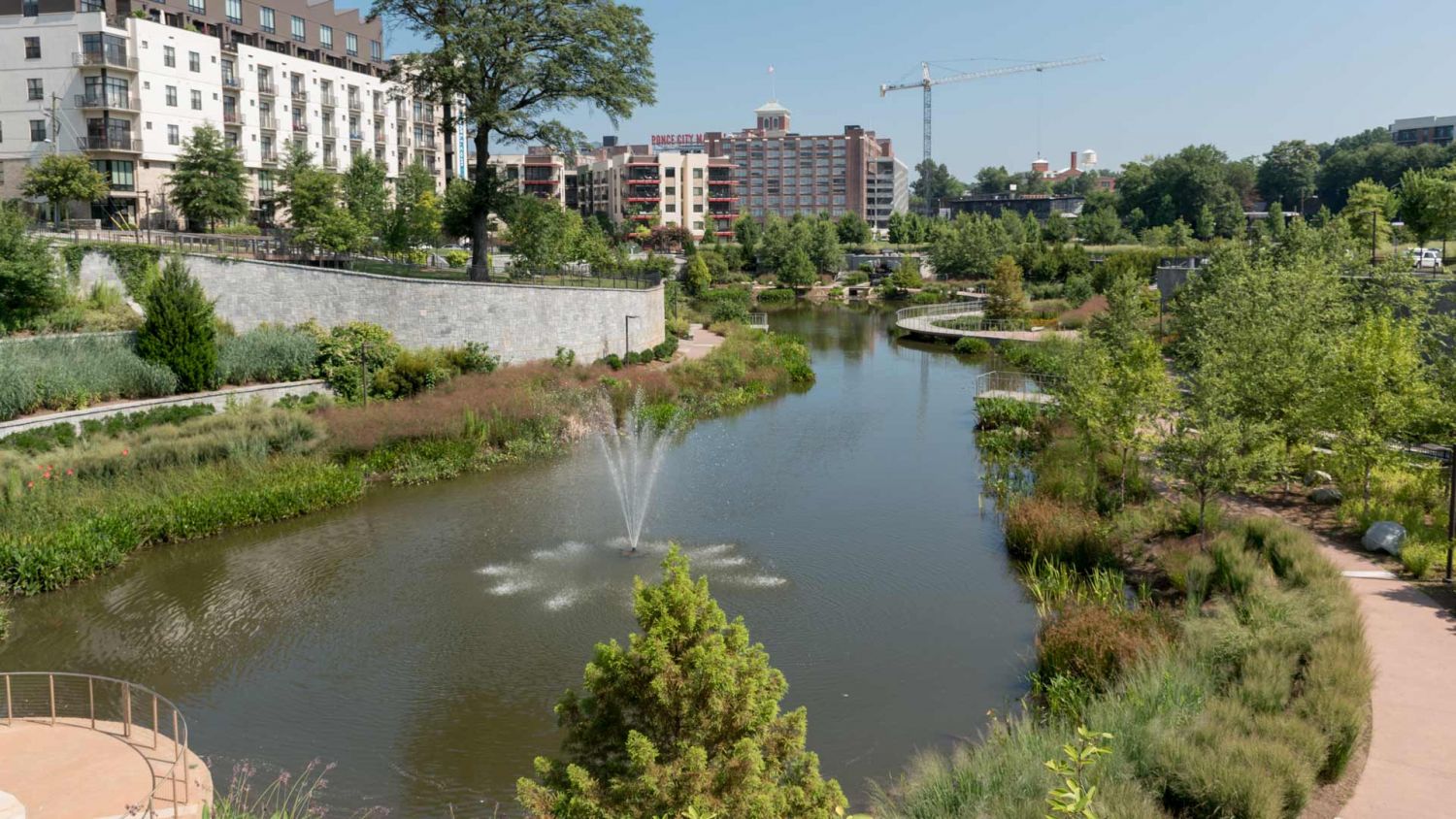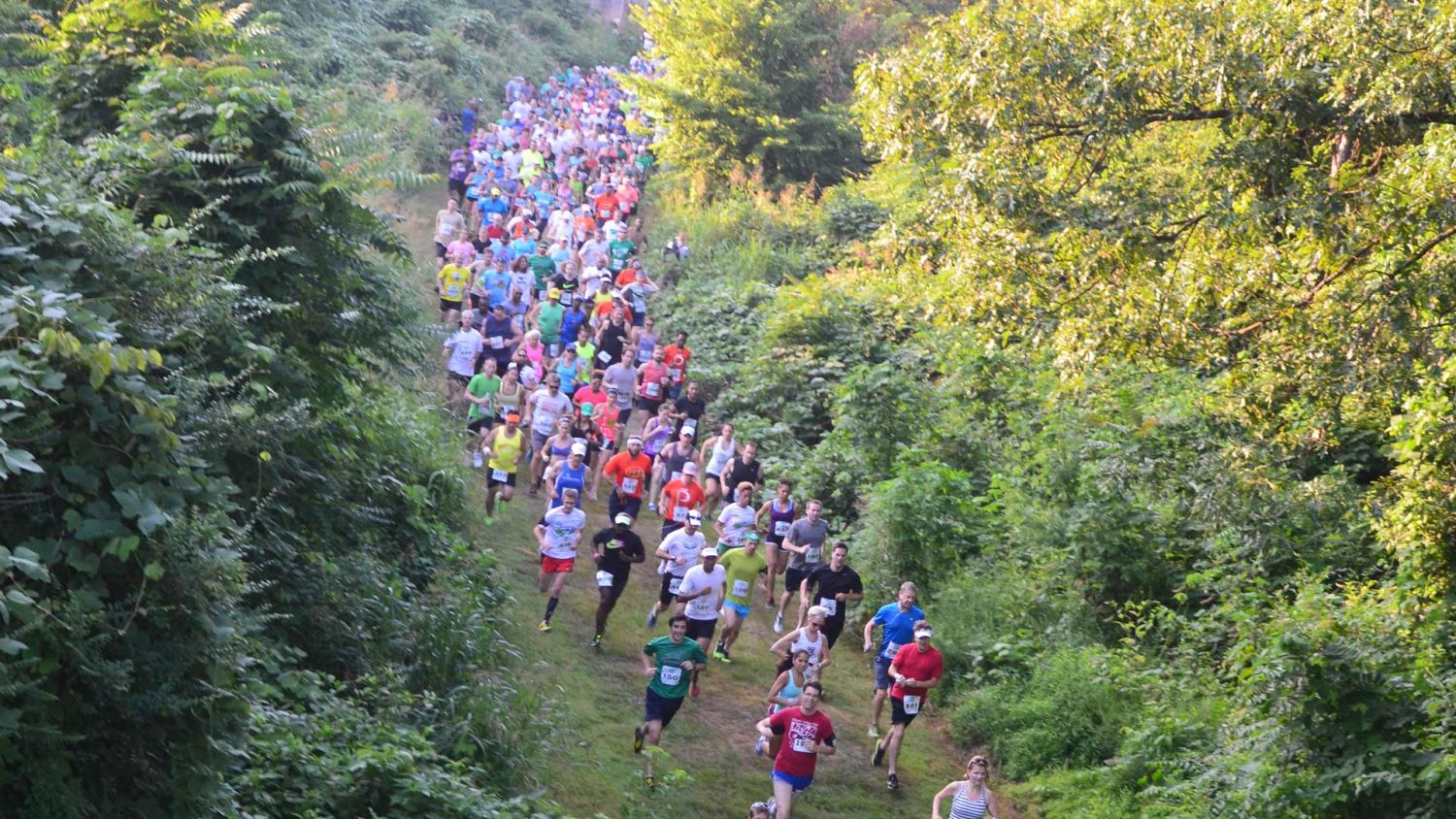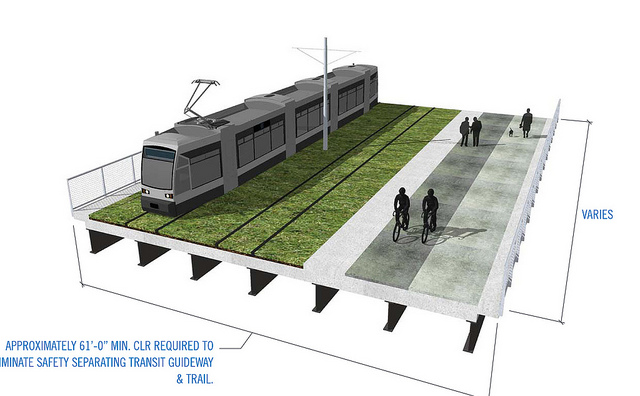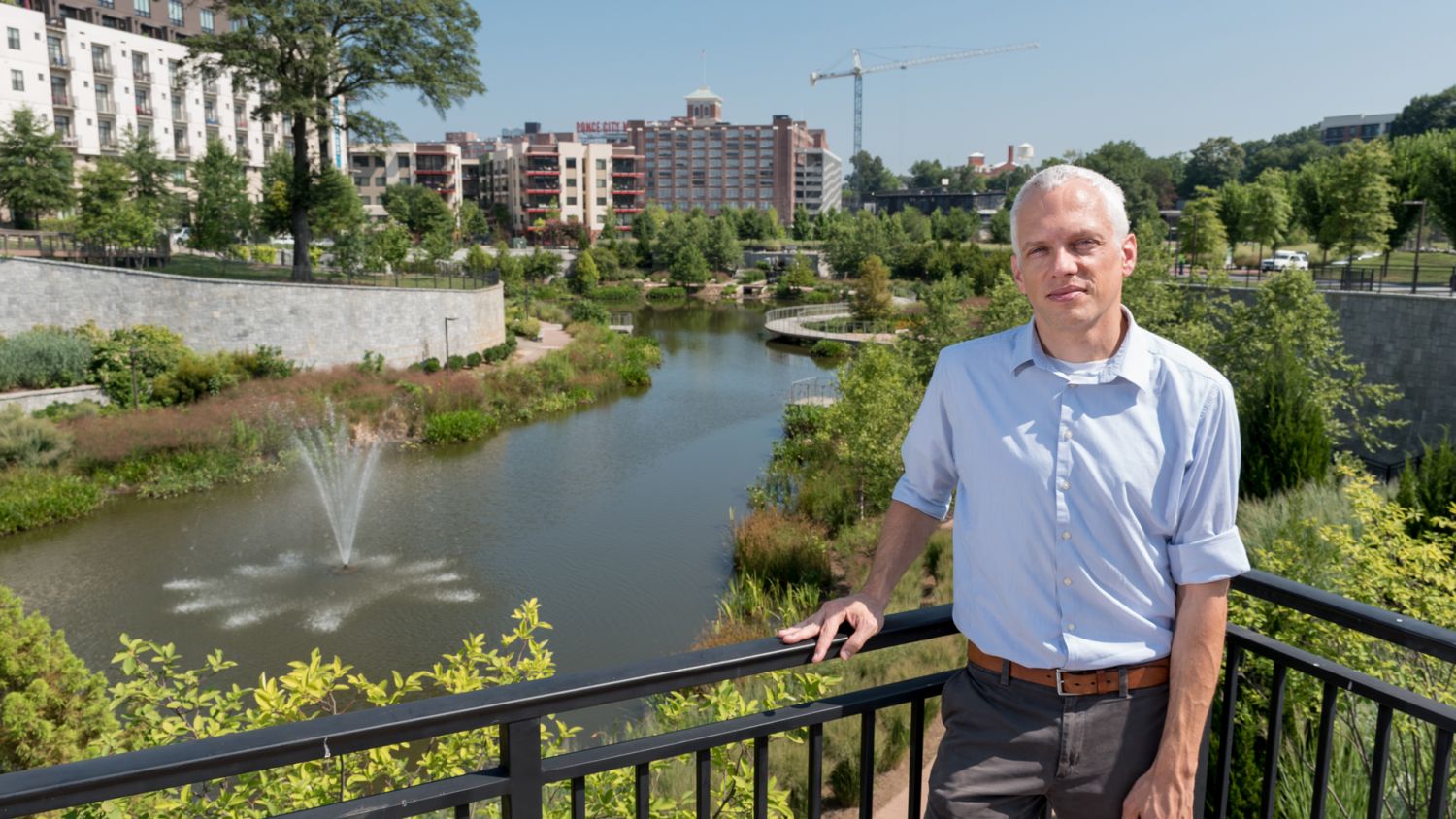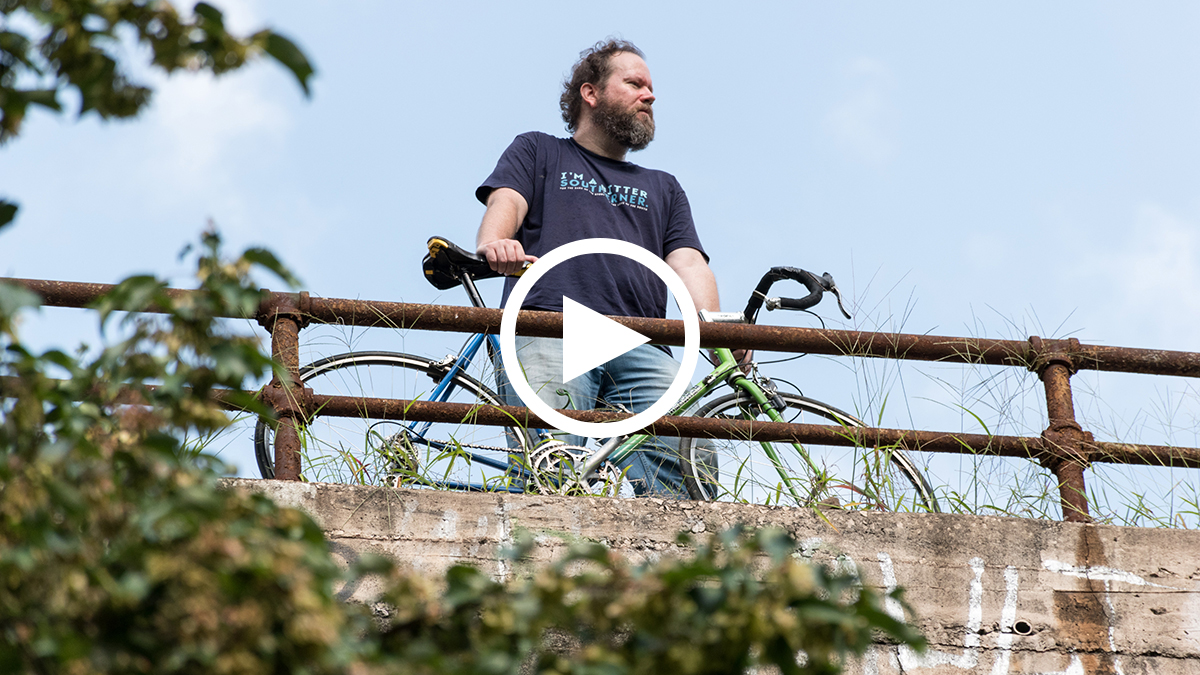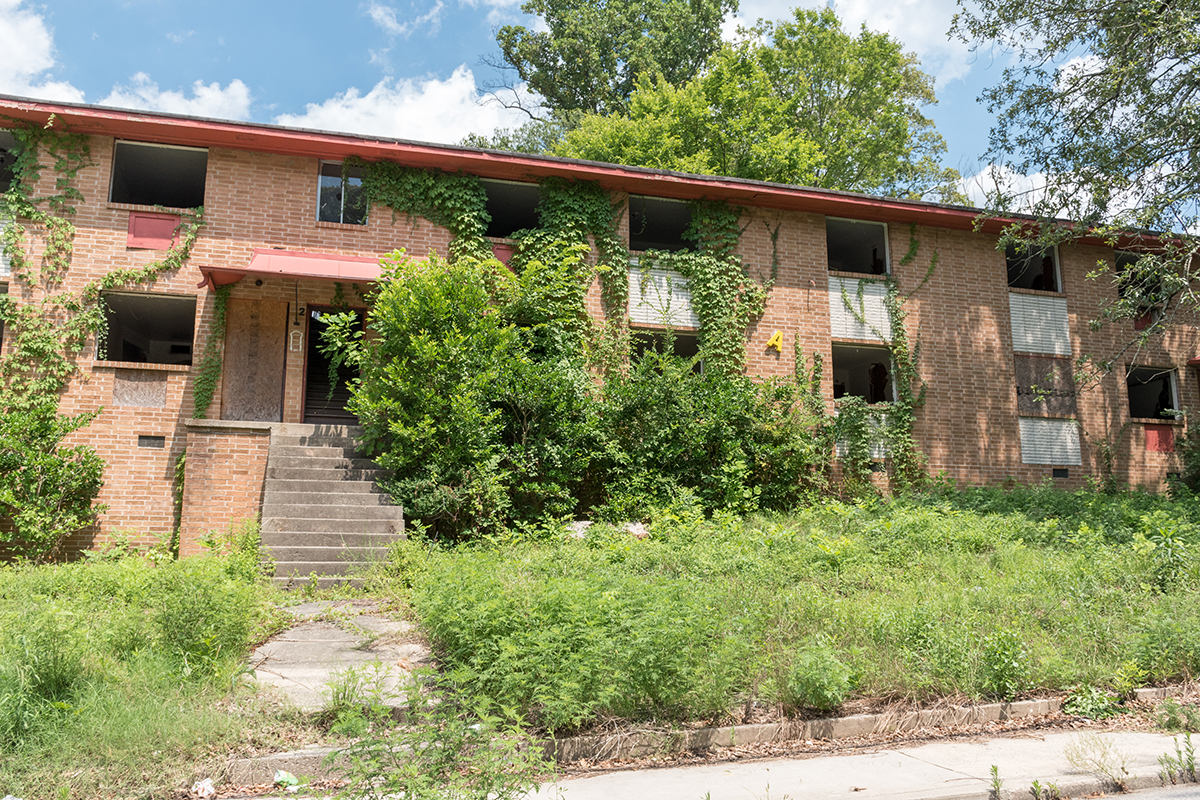By Karina Timmel Antenucci
Over the years, there have been a number of proposals for parts of the old 22-mile railway corridor that encircles Atlanta.
It could have become a truck route in the 1950s. In the ’60s, the original plans for MARTA included part of it.
The next decade brought ideas for a parks system on the eastside track.
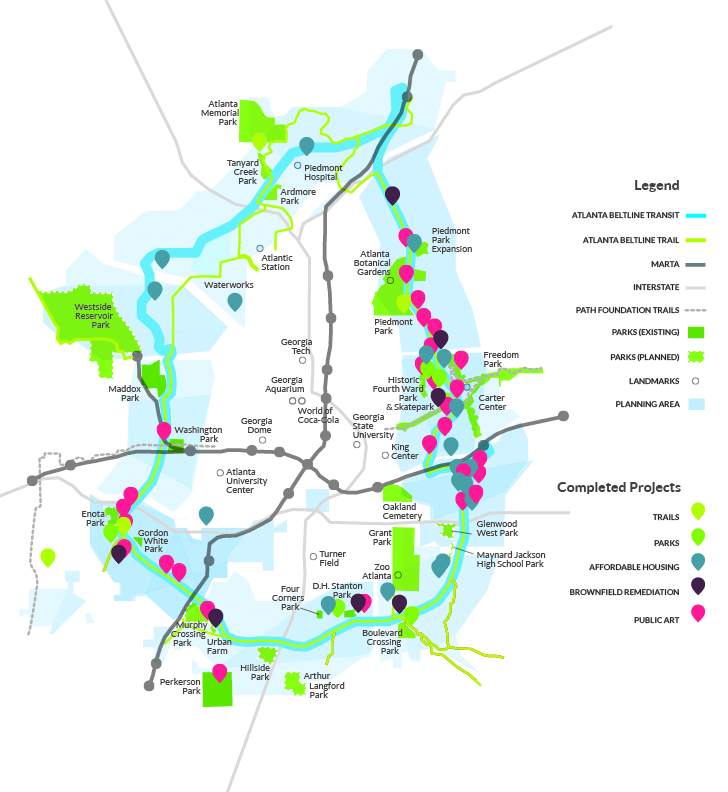
An overview map of the BeltLine. Credit: Atlanta BeltLine, Inc.
Then with the Olympics pending in the 1990s, a “Cultural Ring” was proposed for the belt of industrial land that would have focused on supporting the arts and artist housing — but it didn’t generate enough steam to get built before the 1996 event, so that idea, too, eventually fizzled.




